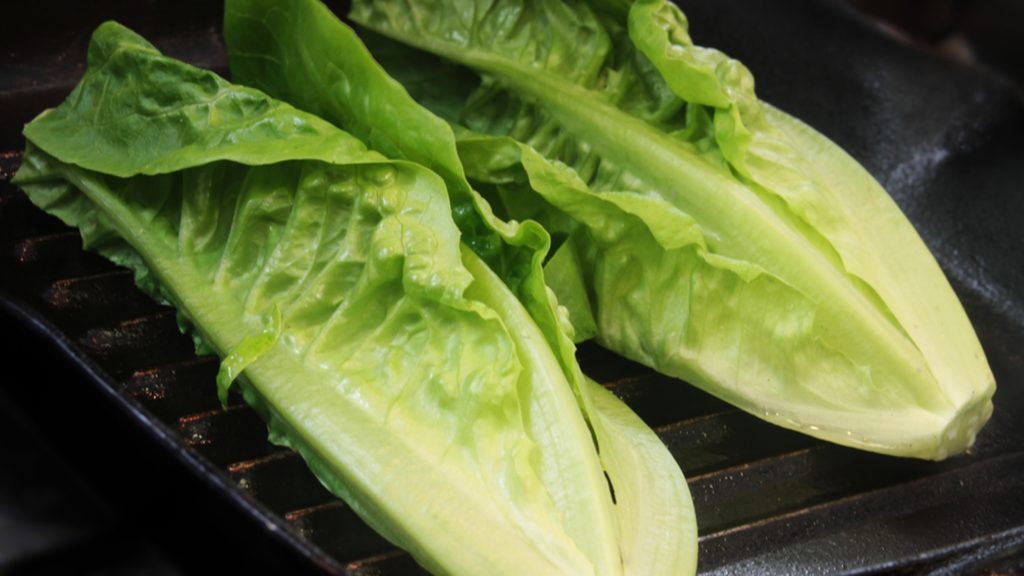10 Minnesota residents not yet included in the national case count have E. coli O157:H7 infections believed to be from romaine lettuce, state officials said.
Following the May 6 report on a case in North Dakota, also not yet included in the national count, it appears that the romaine outbreak continues to expand.
April 20 through to May 2 were the illness onset dates for the Minnesota illnesses, according to the statement from the Minnesota Departments of Health (MDH), and Agriculture (MDA).
The Minnesota officials said that the 10 confirmed cases “have been recently identified and linked to the multi-state outbreak.”
The cases are from both Minneapolis-St. Paul metro area and greater Minnesota counties; 90 percent are female.
Three people have been hospitalized.
Two developed hemolytic uremic syndrome (HUS), which is a potentially fatal complication that can include kidney failure and other severe problems.
All of the sick people in Minnesota who have been interviewed by public health investigators reported the exposure to romaine lettuce.
They said they ate romain from grocery stores, at restaurants and residential facilities. Both MDH and MDA are continuing to investigate the matter.
According to the CDC, the last national count on May 1 reported 121 confirmed cases and one death with 25 states included in the outbreak, .
52 have required hospitalization. With North Dakota and Minnesota now reporting confirmed cases, there are 27 states involved in the outbreak.
“Do not eat, buy, or sell romaine lettuce unless you can confirm it is not from the Yuma growing region,” said Kirk Smith, manager of Minnesota’s Foodborne, Waterborne, Vectorborne, and Zoonotic Diseases section. “The Yuma growing region includes part of western Arizona and extends into the Imperial Valley of southeastern California, but does not include Salinas Valley or other growing regions in California.”
Romaine from the Yuma growing region should no longer be on sale; however, individuals should check their refrigerators for romaine lettuce grown earlier in season in the Yuma region.
